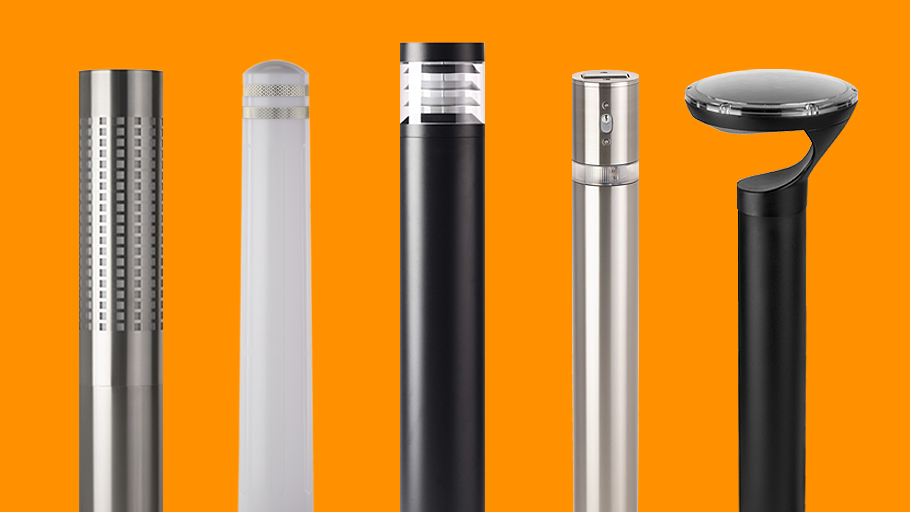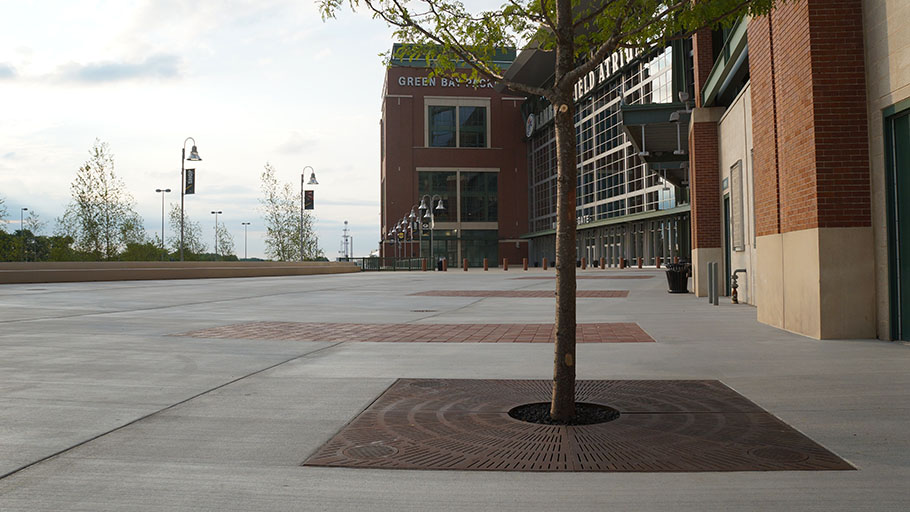Create a space that is both visually enticing and functional
Site furnishings are a crucial aspect of any public space, serving both practical and social purposes. They not only offer convenience to the community, but also shape how people interact and come together. A well-designed site furnishing can elevate social connections and create a sense of community through its blend of functionality and aesthetic appeal.

What are site furnishings?
Site furnishings refer to the furniture and amenities that are commonly placed outdoors in spaces such as parks, plazas, boardwalks, courtyards, public gardens, and other recreational areas. Examples of site furnishings include benches, picnic tables, trash receptacles, bike racks, and planters. These products are designed to enhance the functionality and aesthetics of outdoor spaces and make them more inviting and accessible.

Why are function and aesthetics equally important?
All it takes is a single product to demonstrate that functionality and appearance are both critical factors in product design. What are the basic requirements for a functional bench? It must support the weight of its intended user(s) and provide adequate space to seat the required number of people, but appearance can also enhance function. For example, sanding and finishing the bench’s wood surface not only adds to its appearance but also reduces the risk of splinters and protects the bench from the elements, increasing its durability. Adding arm rests could not only enhance the bench’s aesthetic but also add comfort. Adding ergonomic curves to the armrests further improves their appearance but also makes the bench more accessible, again, adding functionality. The best products don’t follow the adage “Form follows function,” they create a symbiotic relationship between visual design and functionality that allows a product to strike the perfect balance.
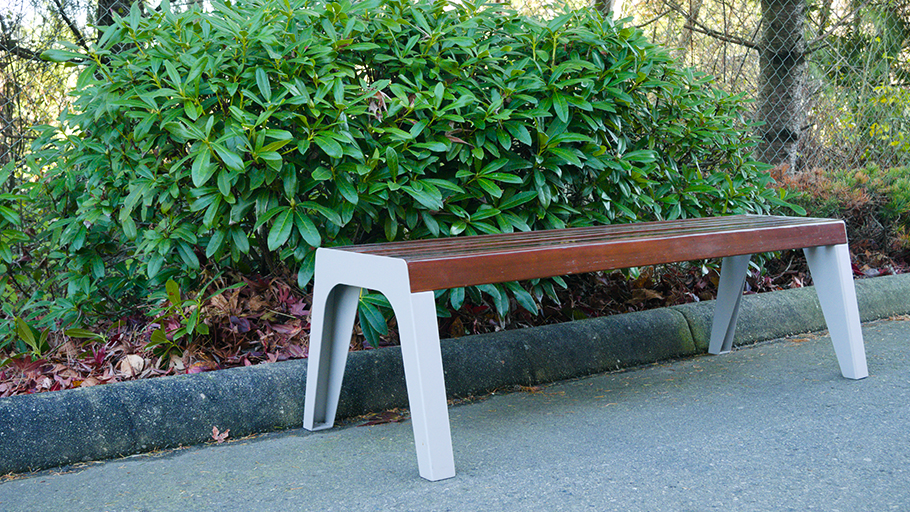
What makes for functional site furnishings?
Accessibility
Accessibility in site furnishing design is important as it promotes equality and allows people with disabilities to fully participate. The ADA provides guidelines for accessibility for many products. Manufacturers often reference these guidelines when designing furnishings to ensure that they are usable by people with disabilities, including those who use wheelchairs, have visual impairments, or limited dexterity.
For example, the ADA recommends that benches have a seat height of 17 to 19 inches above ground with seat backs that extend the full length of the seat. There should also be firm and stable ground space adjacent to benches with a minimum area of 30 by 48 inches. For example, the Cincinnati bench is 17 and 1/2 inches tall and 59 and 1/8 inches wide, features solid balau wood slats, and a powder-coated steel frame. It can easily be mounted alongside a wall to provide a solid backing, meeting all ADA guidelines. While not all furnishings have specific ADA guidelines to follow, there are many general guidelines that can be applied to various outdoor furnishings. Many municipalities also have their own guidelines in place that should be followed when considering the placement and height of furnishings such as garbage receptacles and signage.
By choosing furnishings that follow ADA guidelines, you can create spaces that are usable by everyone and help promote equality and accessibility in public spaces.
Durability & Weather Resistance
Site furnishings are constantly exposed to various elements and regular wear and tear. As such, it’s essential to ensure that they are durable enough to withstand daily use. The use of materials that are weather-resistant and have a longer lifespan such as stainless steel, stone, or plastic wood can help to ensure that site furnishings remain functional for years to come. Materials such as wood or iron should be treated to protect from the elements. Untreated wood will rot, and untreated steel or iron is at a much higher risk of rusting. Metal furnishings can be protected with powder coating, or even better, our extra durable IronArmor coating. Additionally, it’s important to consider the safety implications of using worn-out furnishings. A broken bench or loose fixture can pose a serious tripping or fall hazard and increase the risk of accidents. The cost of replacing or repairing damaged furnishings adds up and can quickly exceed the savings of buying an inferior product.
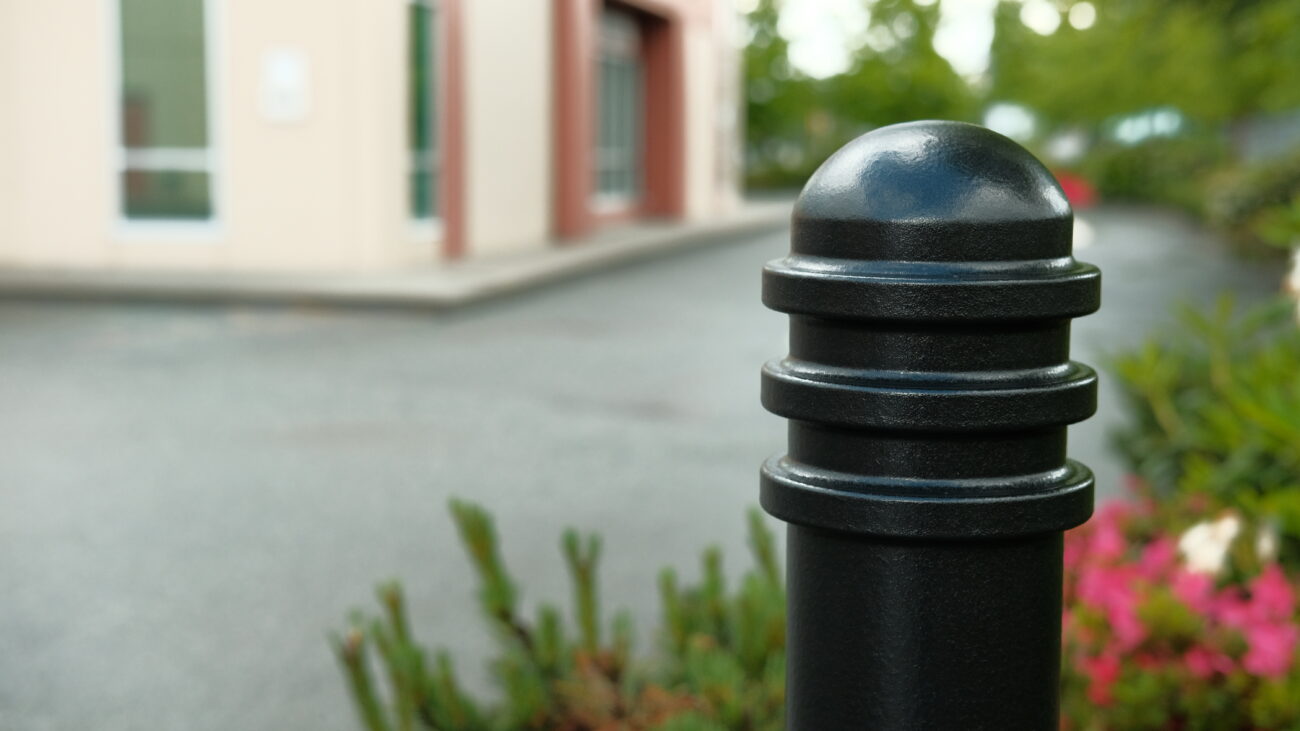
Ergonomics
Ergonomics are another important design factor that can have a big impact on functionality. When people use products that are designed to fit their needs, they are more likely to have a positive experience. In the context of site furnishings, this could include providing benches that are comfortable to sit on and adding arm rests, when possible, which can significantly enhance the gathering experience, leading to better social interaction among visitors.
Usability
Usability is a broad term that can encompass a range of factors that impact how well a product functions. While many of these factors are directly related to the design of the product, some are related to how the product is used or installed, including placement. If a bike rack is over-complicated in design, placed at an odd angle, or installed in an unfit space, it will be difficult to use, discouraging cyclists from visiting. This could potentially have a negative impact on the community and hinder business in the area. By focusing on functionality at a macro level, we can get a bigger picture of how to create functional and comfortable environments that encourage positive interactions.
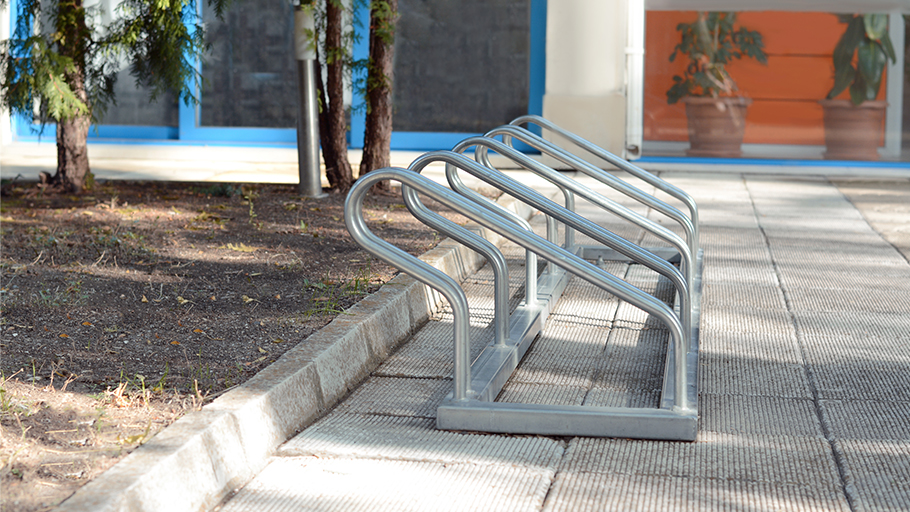
What makes a space visually appealing?
Site furnishings play a dual role in outdoor spaces, fulfilling specific functions, while also enhancing the overall aesthetic. Choosing the right visual design for your space requires careful consideration of various factors.
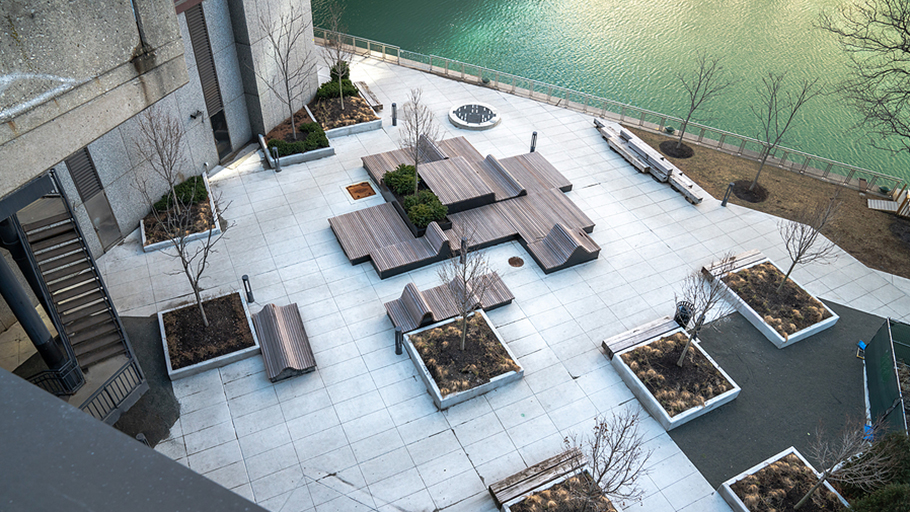
Setting
It’s important for furnishings to harmonize with the surrounding ambiance by following certain themes. This harmonization not only enhances the visual appeal but also creates a cohesive atmosphere. While the rules for selecting themes for site furnishings are not rigid, certain settings may lend themselves to specific styles. Spaces nearby modern architecture might require fixtures that are sleek, clean, and minimalist in design to match the contemporary aesthetic. On the other hand, parks and public gardens may benefit from more rustic and earthy designs, which complement the natural surroundings. While the setting will usually guide your aesthetic choices, it can often indirectly alter the functionality of your site furnishings. If you have limited space or tight quarters, you might opt for a more compact garbage receptacle like our Cincinnati trash can, which features a smaller, 9.8-gallon cannister but provides a sleek, streamlined look.
Audience
Site furnishings should have a visually appealing design to attract and engage the demographics who frequent the spaces they are located in. It’s important to keep in mind that design preferences vary among different age groups, cultures, and lifestyles, so it’s crucial to consider what might appeal to the specific target demographics that frequent the space. Consider what might be attractive to the people that are most likely to visit these spaces while ensuring that your design doesn’t leave anyone feeling excluded. A design that is too limiting or overly focused on a specific demographic can result in a lack of diversity and use. This can be a difficult aspect to quantify, so it’s important to look at the spaces where your target audience spends their time and observe the elements that attract them. This can range from color schemes, patterns, shapes, materials, and more. It’s important to strike a balance between appealing to the target demographics and promoting inclusivity.Bottom of Form
Branding
Matching site furnishings to the visual characteristics of a brand can help create a consistent and recognizable aesthetic, strengthening brand recognition and enhancing the overall experience for customers. Powder coating bike racks using brand colors, engraving stainless steel pieces with company logos, and using the home team’s colors in stadium design are all ways to achieve this. The shapes used in the design of the furnishing can also play a role, as modern versus traditional shapes can help convey different brand messages and aesthetics. Having consistent and recognizable site furnishings can help to build a brand identity and create a memorable experience for customers. In publicly-accessible spaces, this can build brand recognition before a potential customer even enters your business.
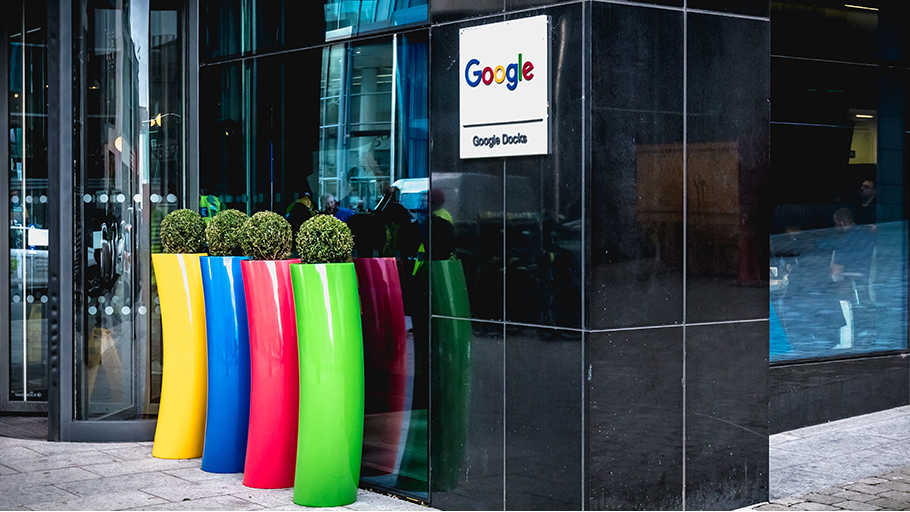
Site furnishings must strike a balance between function and visual appeal to attract users, build brand loyalty, and create a fun, inclusive space. A harmonious combination of functionality and aesthetics is crucial to maintain interest. Functionality should ensure lasting performance, accessibility, and ease of use, while visual appeal should primarily enhance the user experience and tie the surrounding atmosphere together. Striving for this balance will result in a space that is both practical and visually appealing.

